Plans unveiled for world's first tidal-power lagoons in the UK
Six tidal lagoons in Wales, Somerset and Cumbria expected to generate 8% of the UK's electricity
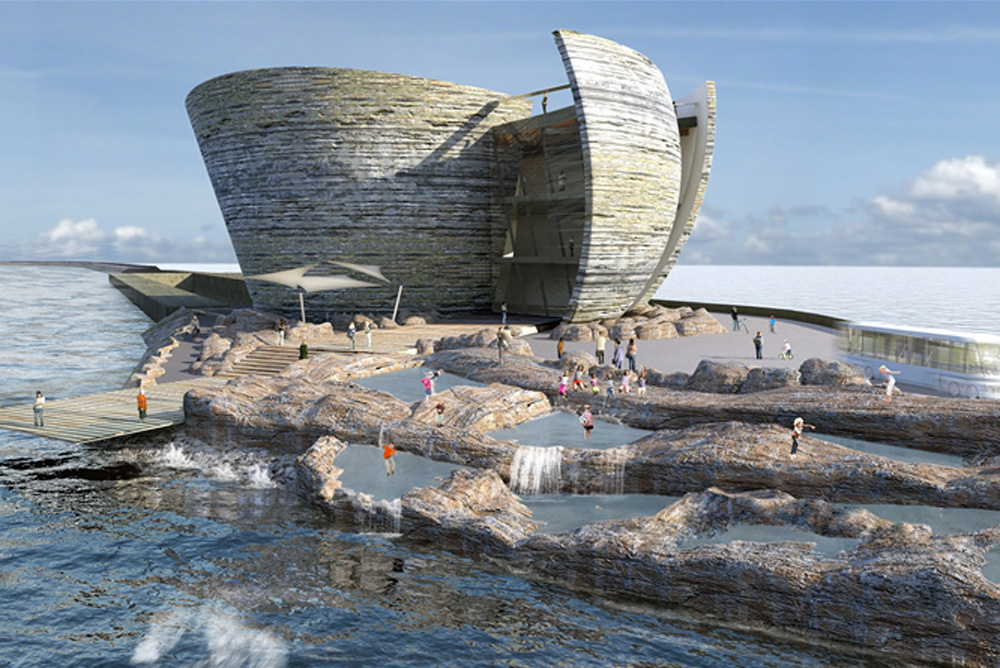

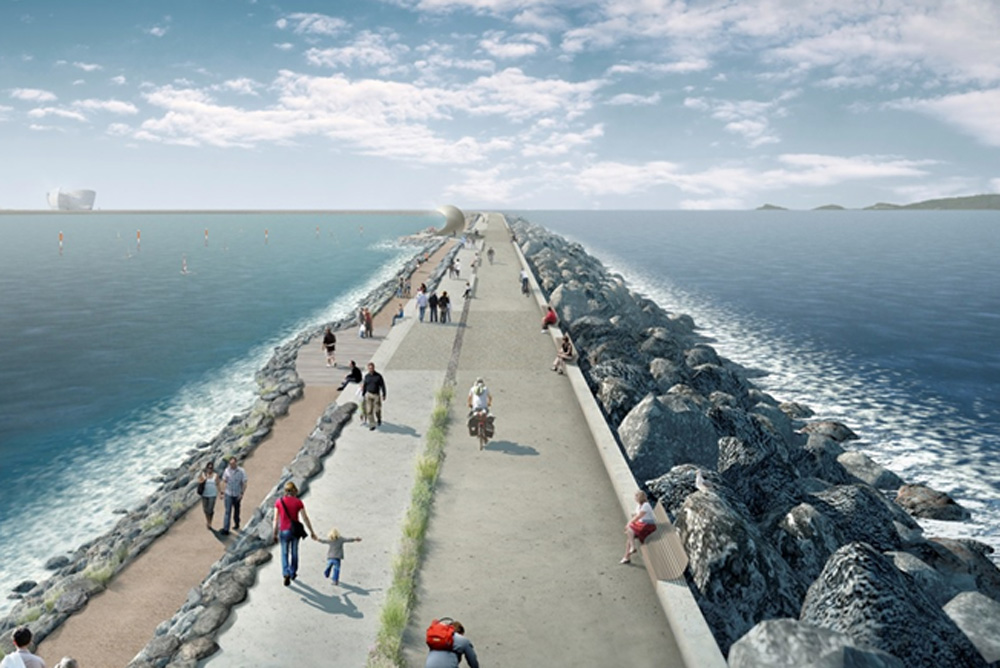
Plans for the world's first series of electricity-generating tidal lagoons have been unveiled in the UK today.
The lagoons will harness the power of incoming and outgoing tides to power turbines by creating a man-made breakwater wall in the sea.
The company behind the project, Tidal Lagoon Power, wants to build six lagoons in the UK, with four in Wales, one in Somerset and another in Cumbria. These could generate eight per cent of the UK's electricity for an investment of £30bn, says the BBC.
The Week
Escape your echo chamber. Get the facts behind the news, plus analysis from multiple perspectives.

Sign up for The Week's Free Newsletters
From our morning news briefing to a weekly Good News Newsletter, get the best of The Week delivered directly to your inbox.
From our morning news briefing to a weekly Good News Newsletter, get the best of The Week delivered directly to your inbox.
The first lagoon in Swansea Bay, which is due to receive a planning decision by 10 June, is expected to carry a high price at £168 per MWh hour, but Mark Shorrock, chief executive of Tidal Lagoon Power, says this price will reduce in time for the other lagoons.
For example, a second, more efficient lagoon in Cardiff is predicted to cost £90-£95 per MWh, which Shorrock says is comparable to fossil fuel or nuclear generation.
The Cardiff lagoon would have a capacity of 1,800MW and 2,800MW, enough low carbon electricity to power every home in Wales throughout its 120-year life, says the South Wales Argus.
It is expected to generate power for approximately 14 hours each day and could be powered on in 2022.
A free daily email with the biggest news stories of the day – and the best features from TheWeek.com
"There is still a long way to go and many environmental surveys to undertake but we will work in partnership with all nature conservation bodies so as to understand, avoid, minimise and mitigate any environmental impacts," Shorrock told the Western Mail.
Energy Secretary Ed Davey has said he hopes to back the project but cannot make a decision yet as discussions are ongoing. "I'm very excited by the prospect of tidal power," he added. "We have got some of the biggest tidal ranges in the world and it would be really useful if we could harness some of that clean energy."
Renewable energy: cut for solar and onshore wind subsidies
4 December 2013
MINISTERS are planning to cut support for solar and onshore wind energy as part of a big change to the way that the government subsidises renewable energy. Instead, the set price for offshore wind power will be increased, according to the BBC. Sources from both coalition parties say that past investment in onshore wind and solar power means they no longer need the same level of state support. They also admitted that the decision made good political sense as it would counter the threat from Ukip, which opposes all wind farms on principle.
The UK needs to double the amount of electricity it generates from renewable energy if it wants to meet its targets for 2020. Between April and June this year, green energy sources accounted for around 15.5 per cent of electricity but this needs to increase to 30 per cent in the next seven years. The government claims it is making "very good progress", with £31bn worth of private sector investment in renewable electricity announced since 2010 and hopes that green energy will play an important part in keeping British lights on. Here is where we are now:
WIND
The force of the wind is used to rotate turbine blades connected to a generator. Wind turbines have traditionally been located onshore but are increasingly being built offshore as well.
How much we use now: Wind power accounts for 7.5 per cent of electricity generation in the UK, according to the latest government statistics. And RenewableUK says there are currently more than 5,100 operational turbines operational in the UK.
Targets: The government wants to increase offshore wind capacity from around 3.7GW to 16GW, and onshore wind capacity from 6.7GW to 13GW by 2020.
Overseas comparisons and new projects: China, the US and Germany have the largest capacity for wind power, with the UK coming sixth on the list. Around 960 turbines are currently being built in the UK, with 2,711 turbines approved for construction. Npower claims to be building Europe's largest offshore wind farm, Gwynt y Môr, off the coast of North Wales.
Pros and cons: Wind power is relatively affordable but turbines only turn when the wind is blowing strongly enough. Offshore wind farms are more expensive to build, while onshore farms are often criticised for ruining the beauty of the countryside.
Cost: In June, the draft strike price – a state-backed guaranteed minimum tariff for electricity – for onshore wind projects was set at £100/MWh for 2014/15, falling to £95/MWh by 2018/19. One Conservative source told the BBC this could face a “dramatic cut”. The price for offshore wind projects was set at £155/MWh in 2014/15, falling to £135/MWh by 2018/19. This is expected to be increased.
SOLAR
Energy from sunlight is harnessed for power using crystals made from material such as silicon that produces an electrical current when struck by light.
How much we use now: Combined with wave and tidal power, solar accounts for just 0.5 per cent of all electricity generation.
Targets: Officially, government plans to reach 10GW by 2020, the equivalent of powering around 7 million homes, but Gregory Barker, the energy and climate change minister, says he is aiming for 20GW before 2023.
Overseas comparisons and new projects: The country with the largest solar capacity last year was Germany, which had the capacity to produce 7.6GW of power, but China, the US and Japan are expected to overtake Germany next year. The UK came tenth on the list but is predicted to rise to seventh place by 2014.
Pros and cons: Energy from the sun will not run out, it does not give off carbon dioxide emissions and it is free. The sun does not however shine 24 hours a day and installing panels can mean a high upfront investment.
Cost: The draft strike price for large solar projects was set at £125/MWh for 2014/5, falling to £110/MWh by 2018/19. This is expected to be cut.
HYDRO
Power derived from the energy of falling and running water.
How much we use now: Hydropower accounts for 1.2 per cent of all electricity generation in the UK.
Targets: The government expects hydropower to make only a modest contribution to the 2020 to renewable energy targets. Recent studies estimate that it can only increase by around 850MW to 1550MW.
Overseas comparisons and new projects: China, Brazil, the US, Canada and Russia have the highest hydro capacity. Together they account for 52 per cent of the world's hydro capacity. Opportunities to use this technology on a large scale in the UK are now limited, not only because of environmental concerns but also because many of the most economically attractive sites for schemes have already been used. Although one recent project includes a hydropower station on the Thames in Berkshire, which helps power Windsor Castle.
Pros and cons: Unlike wind and solar power, hydropower is not an intermittent energy source. Once a dam is built, operational and maintenance costs tend to be low. Upfront costs can be high though and it does carry risks of major flooding and environmental damage if not managed properly.
Cost: The draft strike price for hydro projects is £95/MWh for 2014/15 to 2018/19.
BIOENERGY
Bioenergy comes from plant and animal waste. For example, wood or manure might be burned to produce energy.
How much we use now: Bioenergy accounts for 6.3 per cent of all electricity generation.
Targets: Government analysis suggests that sustainably-sourced bioenergy could contribute to around eight to 11 per cent of the UK total energy demand by 2020. However, the government admits that the estimate is "highly uncertain".
Overseas comparisons and new projects: In 2012, the US had the largest installed biomass capacity, followed by Brazil and China. The UK came ninth down the list, behind Germany, Austria, Sweden, India and Italy. According to The Guardian, eight biomass power stations are operating in the UK and a further seven are in the pipeline, but none operates near capacity.
Pros and cons: It makes use of waste, which is rapidly increasing in many parts of the world, so has economic and environmental benefits. But unsustainable biomass could lead to deforestation and even more greenhouse gas emissions. Increased biomass would also mean large land requirements, which leaves less land for food production.
Cost: The draft strike price for biomass conversion projects is £105/MWh for the next six years.
WAVE AND TIDAL
A generator is driven by the motion of natural waves or currents flowing in and out of tidal areas.
How much we use now: Combined with solar, wave and tidal power accounts for just 0.5 per cent of all electricity generation.
Targets: Wave and tidal stream energy has the potential to meet up to 20 per cent of the UK's current electricity demand. The government predicts that up to 300MW of generation capacity could be deployed by 2020, the equivalent of providing energy for 210,000 homes, and 27GWs by 2050, equivalent to powering 18.9 million homes.
Overseas comparisons and new projects: The UK is said to be a global leader in wave and tidal power, with more wave and tidal stream devices installed than the rest of the world combined. The industry is still in its early stages though. Plans under consideration include a tidal lagoon in Swansea Bay and a tidal barrage across the Severn estuary.
Pros and cons: Tides and waves are predictable but harsh environment and extreme weather conditions make building, deploying and managing a fleet of tidal machines a dangerous challenge.
Cost: The draft strike price is £305/MWh for both types of power for the next six years.
-
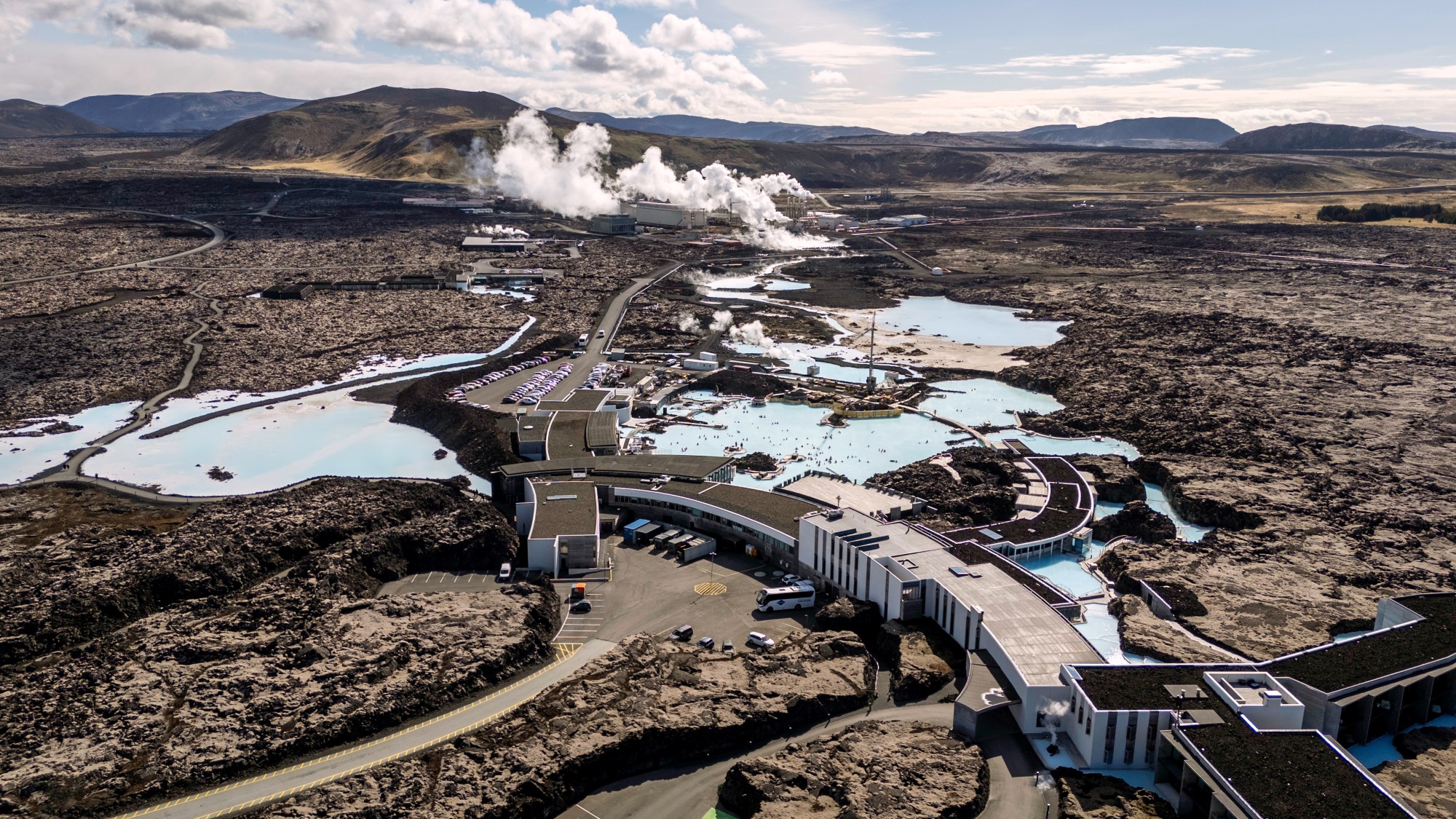 Pros and cons of geothermal energy
Pros and cons of geothermal energyPros and Cons Renewable source is environmentally friendly but it is location-specific
-
 Megabatteries are powering up clean energy
Megabatteries are powering up clean energyUnder the radar They can store and release excess energy
-
 Renewables top coal as Trump seeks reversal
Renewables top coal as Trump seeks reversalSpeed Read For the first time, renewable energy sources generated more power than coal, said a new report
-
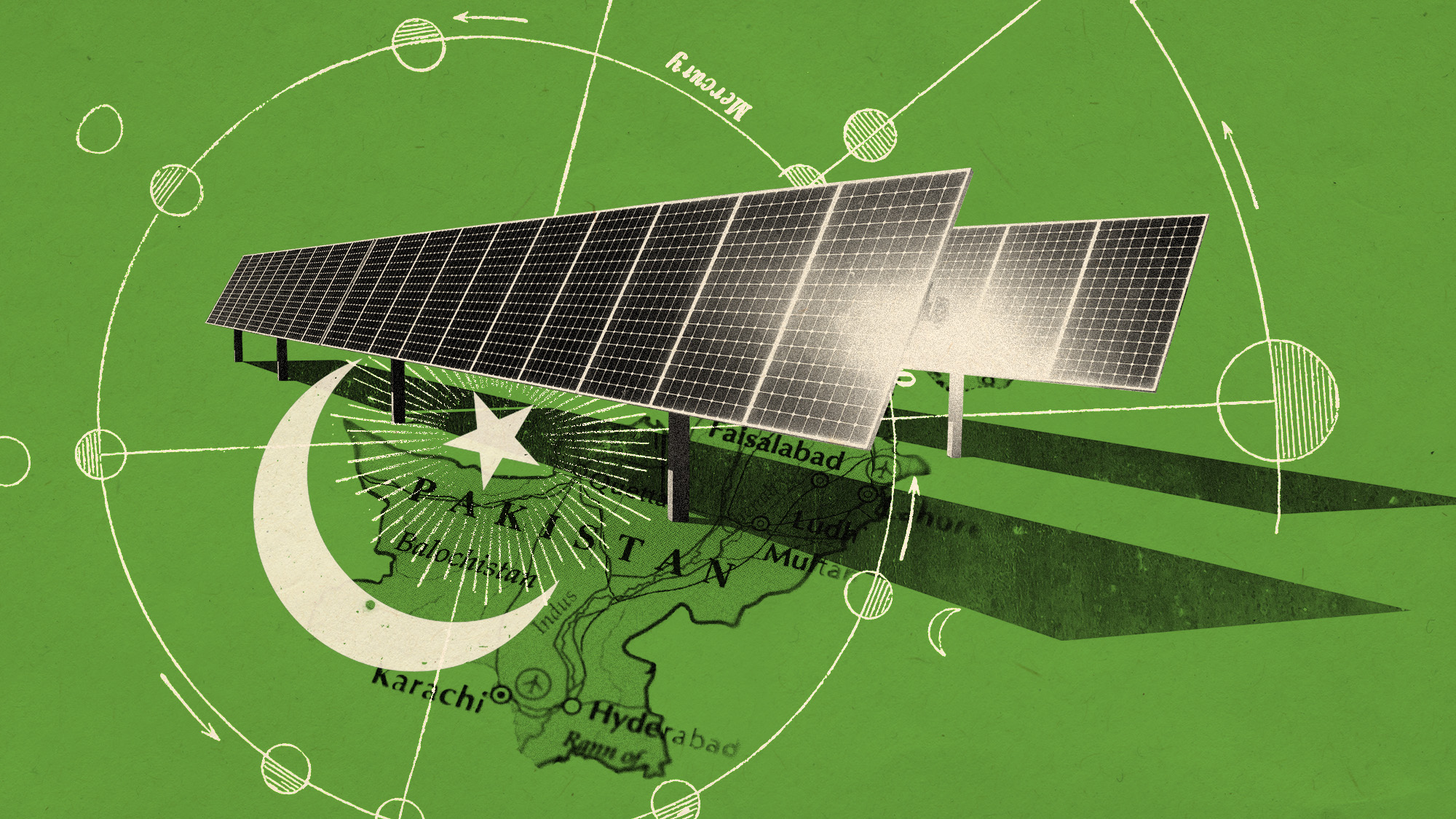 Pakistan's solar panel boom
Pakistan's solar panel boomUnder The Radar A 'perfect storm' has created a solar 'revolution' in the south Asian country
-
 Airlines ramp up the hunt for sustainable aviation fuel
Airlines ramp up the hunt for sustainable aviation fuelUnder The Radar Several large airlines have announced sustainability goals for the coming decades
-
 How would reaching net zero change our lives?
How would reaching net zero change our lives?Today's Big Question Climate target could bring many benefits but global heating would continue
-
 What are Trump's plans for the climate?
What are Trump's plans for the climate?Today's big question Trump's America may be a lot less green
-
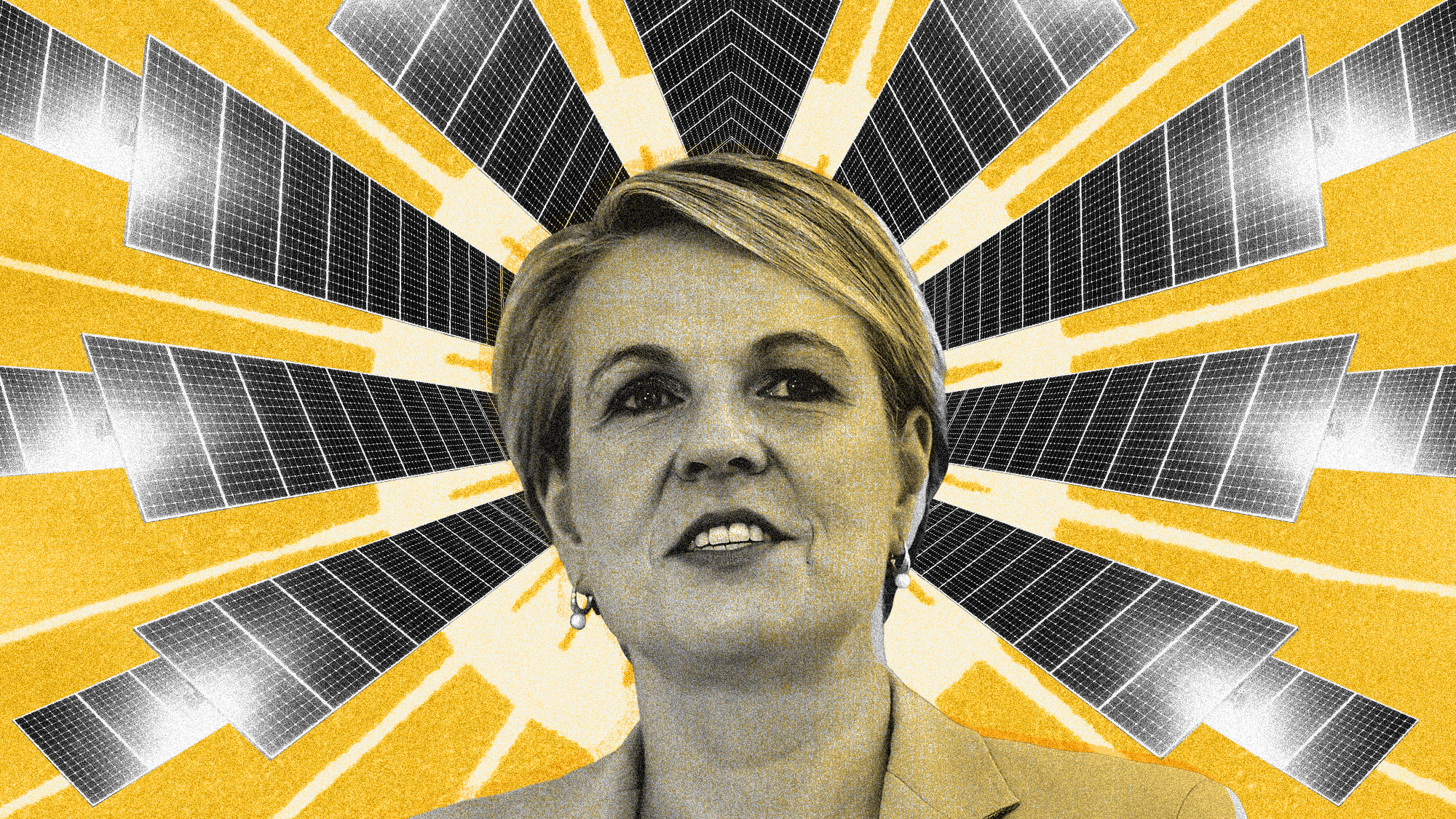 The Australia-Asia Power Link
The Australia-Asia Power LinkUnder The Radar New electricity infrastructure will see solar power exported from Down Under to Singapore


